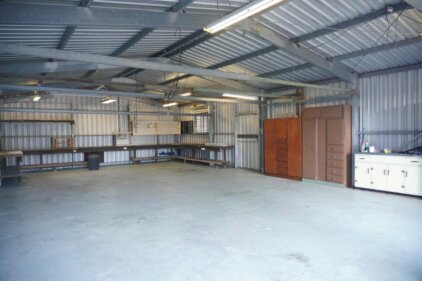The Role of Texture in Creating Aesthetic Appeal
Texture is a fundamental element of design that can transform a space from ordinary to extraordinary. It adds depth, dimension, and visual interest to a room, creating a sense of warmth, coziness, or even a feeling of luxury. By carefully selecting and combining various textural elements, we can craft a harmonious and visually captivating environment that resonates with the senses.
Understanding Different Types of Texture in Interior Design
In the world of interior design, texture comes in a wide array of forms, each with its unique character and ability to influence the overall aesthetic. From the velvety softness of a plush throw pillow to the rugged charm of a reclaimed wood accent wall, texture can be smooth, rough, shiny, matte, or anything in between. Mastering the art of incorporating different textural elements is key to creating a cohesive and visually compelling interior design.
Incorporating Texture in Wall Finishes and Materials
The walls of a room serve as the canvas for your interior design, and the choice of wall finishes and materials can significantly impact the overall textural experience. Explore the possibilities of textured wallpapers, exposed brick, stucco, or even hand-troweled plaster to add depth and character to your walls. These tactile surfaces can instantly transform a space, creating a sense of warmth, sophistication, or even a rustic charm.
Using Texture in Furniture and Upholstery Choices
Furniture and upholstery are prime opportunities to introduce diverse textural elements into your interior design. From the plush velvet of a statement sofa to the weathered charm of a leather armchair, the textural qualities of your furnishings can set the tone for the entire room. Experiment with a mix of materials, such as wood, metal, and natural fibers, to create a visually compelling and harmonious composition.
Enhancing Texture with Lighting and Accessories
Lighting and carefully selected accessories can further amplify the textural experience in your home. Strategically placed lighting can cast shadows and highlights, accentuating the unique qualities of textured surfaces. Incorporate a mix of lighting sources, such as task lighting, ambient lighting, and accent lighting, to create a layered and dynamic ambiance. Additionally, decorative accessories like rugs, throws, and artwork can contribute to the overall textural narrative of the space.
Creating Visual Balance with Textured Elements
Balancing the various textural elements in a room is crucial to achieving a cohesive and visually appealing design. Juxtapose smooth and rough surfaces, matte and shiny finishes, and soft and rigid textures to create a harmonious interplay that captivates the eye. Carefully consider the placement and proportion of textural elements to maintain a sense of visual harmony and balance.
The Psychology of Texture in Interior Design
Texture not only enhances the aesthetic appeal of a space but also has a profound impact on our psychological and emotional well-being. Tactile surfaces can evoke feelings of comfort, luxury, or even a sense of connection with nature. By understanding the psychological implications of different textural qualities, we can design spaces that cater to the emotional needs of the occupants, creating a truly immersive and engaging living environment.
Texture Trends in Modern Interior Design
The world of interior design is constantly evolving, and texture remains a focal point of contemporary design trends. From the rise of natural materials like wood, stone, and rattan to the increasing popularity of textured wallcoverings and sculptural lighting fixtures, texture is a key element in shaping the aesthetic of modern homes. By staying informed about the latest texture-driven design trends, you can ensure that your home remains at the forefront of style and innovation.
Conclusion: The Impact of Texture on Your Home’s Aesthetic Appeal
In the realm of interior design, texture is a powerful tool that can transform a space from ordinary to extraordinary. By understanding the role of texture in creating visual interest, evoking emotional responses, and shaping the overall aesthetic appeal of a room, you can elevate the design of your home to new heights. Embrace the versatility of texture and let it be your guide in crafting a living environment that is not only beautiful but also deeply engaging and satisfying to the senses.





